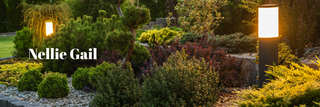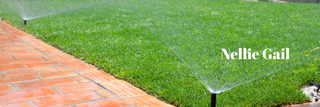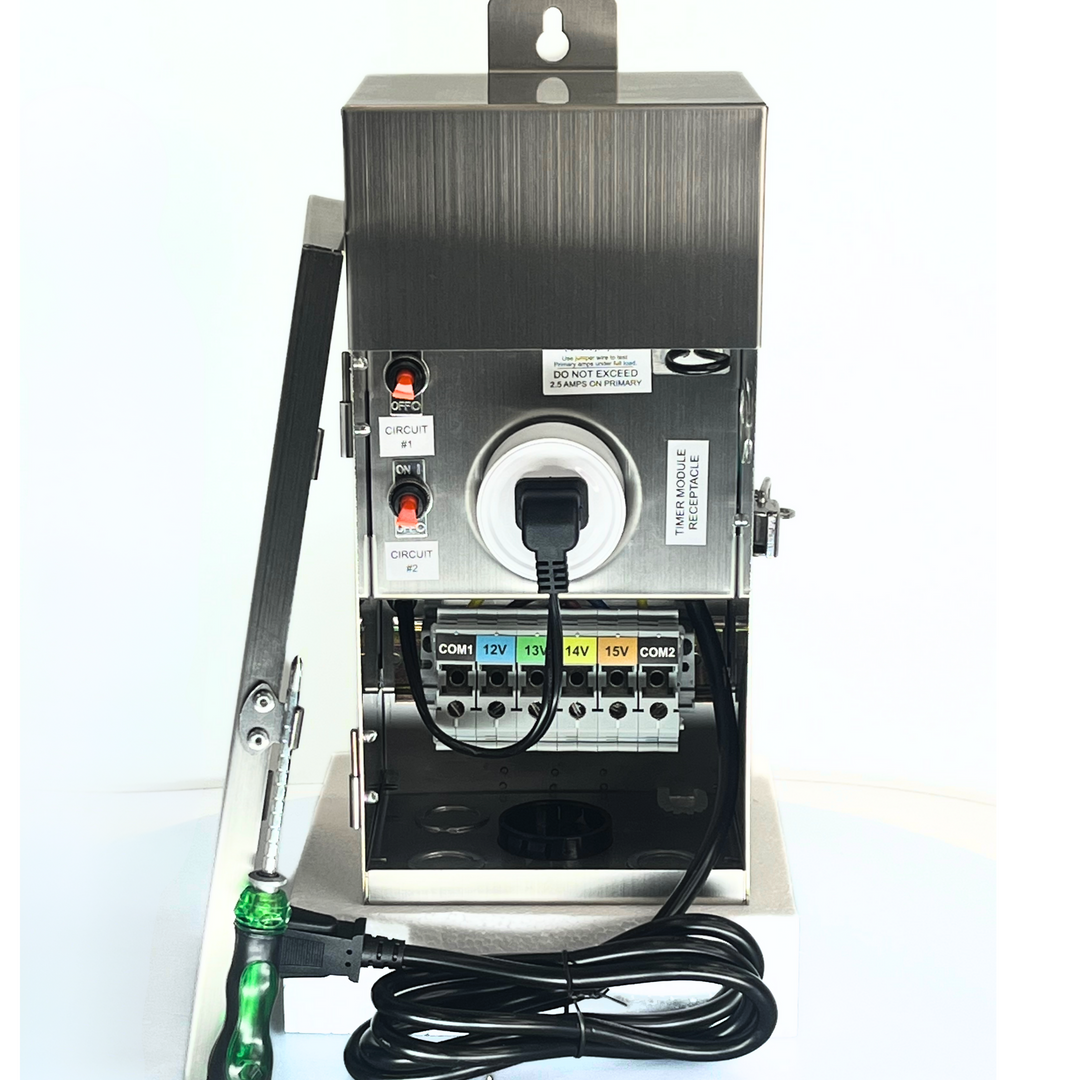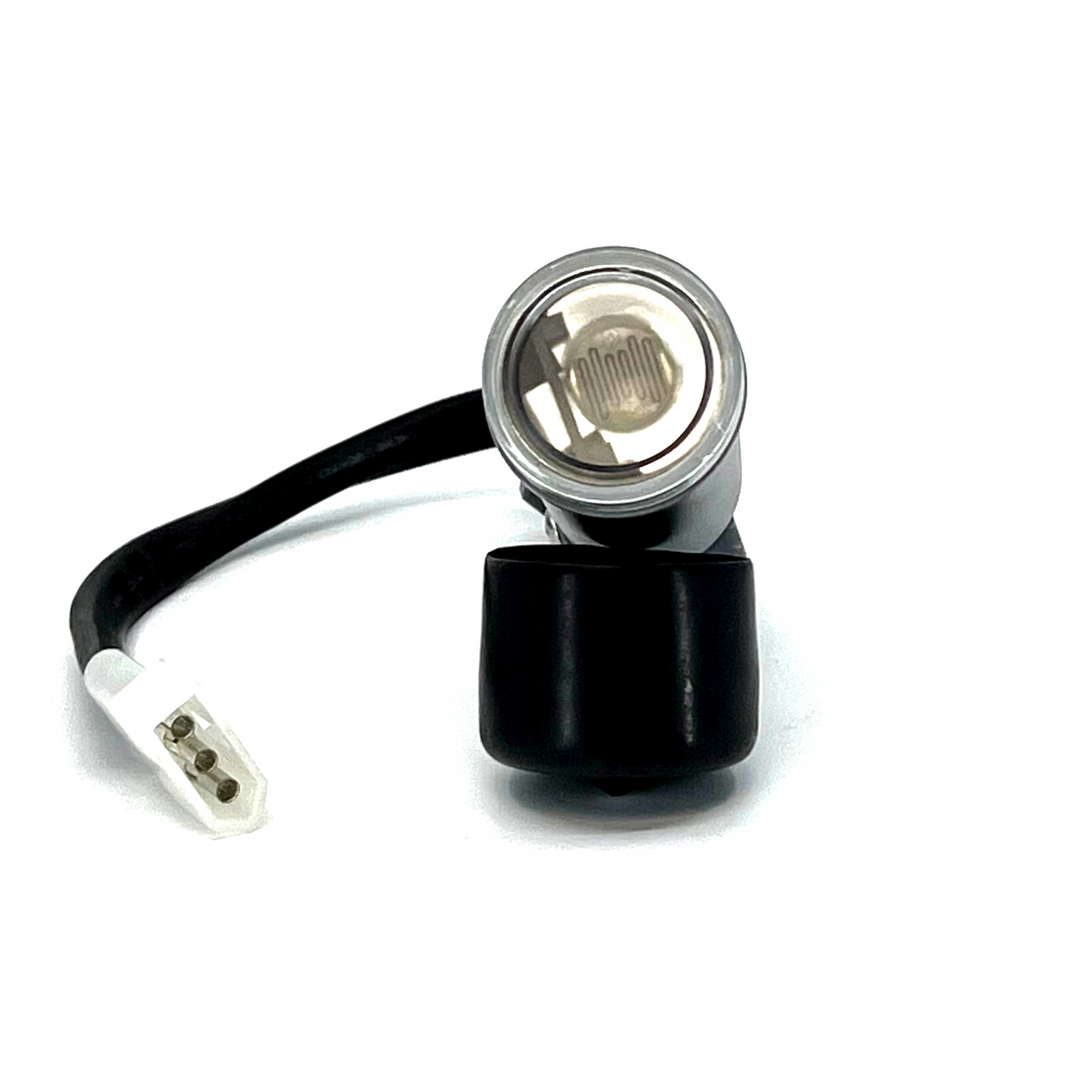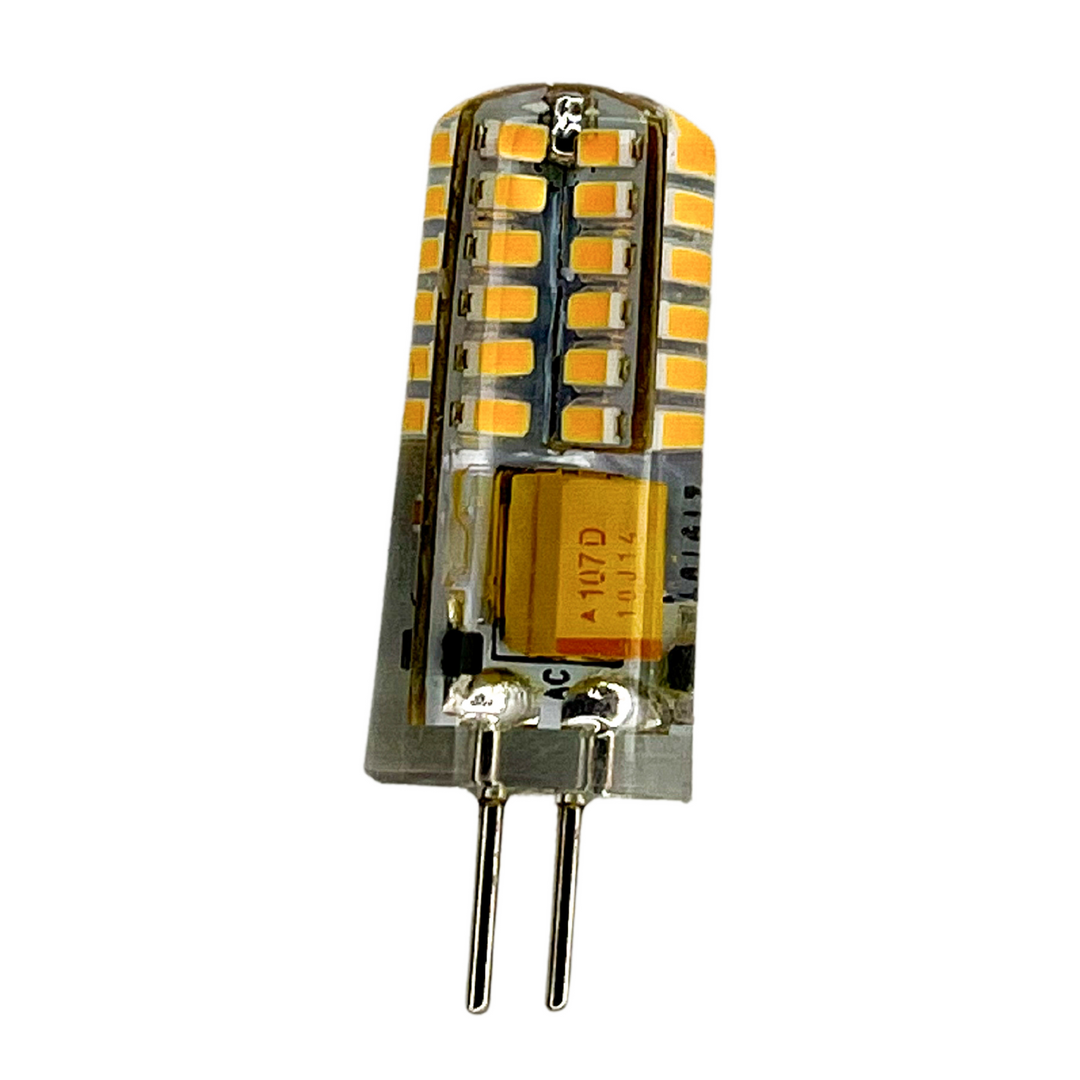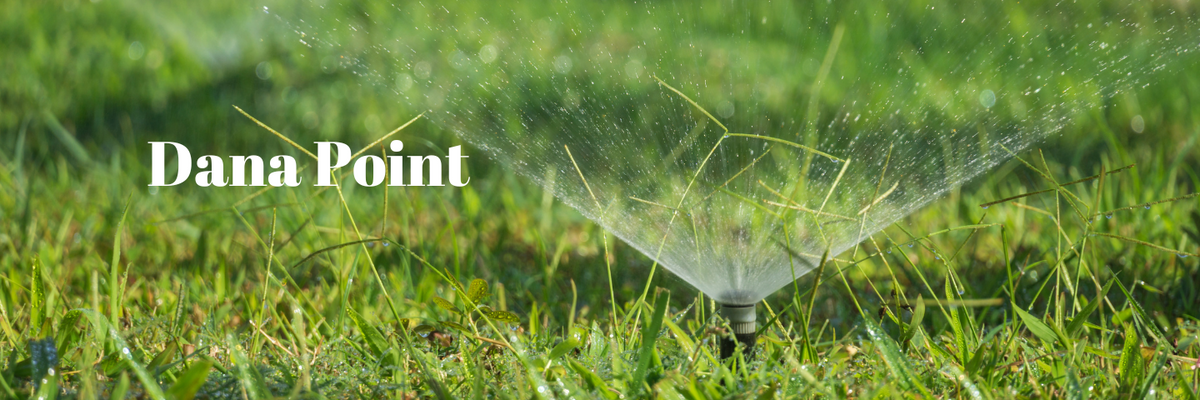
2025: The Year of Sprinkler Installation in Dana Point
|
|
Time to read 7 min
Dana Point’s landscapes are on the verge of a transformation in 2025, thanks to the evolution of sprinkler systems. With technological advancements making irrigation smarter and more efficient, homeowners and businesses can expect healthier landscapes, lower water bills, and a positive environmental impact. The process of installing these systems has also become easier than ever, making 2025 the ideal year to upgrade.
Why Sprinkler Systems Are Essential in Dana Point
Dana Point’s picturesque coastal setting is one of its biggest attractions, but maintaining vibrant green spaces in this semi-arid climate can be challenging. The region experiences mild, dry summers and inconsistent rainfall, which often isn't enough to support lush lawns and thriving gardens without additional irrigation.
Keeping Landscapes Healthy Year-Round
Without an effective sprinkler system, landscapes can quickly dry out, leading to brown patches, wilted plants, and unhealthy soil. Sprinkler systems provide consistent, even watering across your entire property, ensuring that every area—from flower beds to grassy lawns—gets the hydration it needs. This consistent care keeps your property looking its best, boosting both curb appeal and property value.
Supporting Water Conservation Efforts
Beyond aesthetics, sprinkler systems play a crucial role in water conservation. Dana Point, like many California communities, faces water scarcity challenges, making efficient water use a top priority. Sprinkler systems designed with conservation in mind deliver precise amounts of water, minimizing waste through targeted irrigation. This aligns with local water-saving regulations and helps residents do their part to protect the environment.
Benefits for Both Residential and Commercial Properties
Whether you're a homeowner looking to maintain your garden or a business aiming to present a well-manicured exterior, sprinkler systems offer flexible solutions. Residential systems can be tailored to accommodate gardens, lawns, and patios, while commercial systems handle larger areas like office parks or public spaces with minimal effort. Regardless of the setting, modern irrigation systems provide convenience, efficiency, and environmental benefits.
Technological Breakthroughs in Sprinkler Systems by 2025
The sprinkler industry has experienced remarkable innovations in recent years. By 2025, these advancements have made irrigation systems more intuitive, efficient, and eco-friendly than ever before.
Smart Irrigation Systems: The Future of Lawn Care
One of the biggest innovations in sprinkler technology is the rise of smart irrigation systems. These systems are equipped with weather-based sensors that adjust watering schedules automatically based on real-time data. For instance, if rain is in the forecast, your system will pause watering to prevent unnecessary water use. If the weather turns hotter and drier, the system will increase watering accordingly.
Additionally, smart irrigation systems monitor soil moisture levels, ensuring that your plants receive exactly the right amount of water. This prevents both under-watering, which can damage plants, and overwatering, which can lead to runoff and water waste.
Drip Irrigation: Precision Watering for Gardens
Drip irrigation systems have gained popularity for their ability to deliver water directly to plant roots. Unlike traditional sprinklers that spray water over a wide area, drip systems release water slowly and steadily at the base of each plant. This reduces evaporation and ensures that water reaches where it’s needed most.
Drip irrigation is ideal for gardens, shrubs, and flower beds, where precise watering is essential. It also works well for properties with uneven terrain, as it minimizes water runoff on slopes and helps maintain soil integrity.
App-Controlled Timers and Sensors: Control at Your Fingertips
Modern sprinkler systems are designed to integrate with your smartphone or smart home devices, allowing for remote control and monitoring. Through an app, you can adjust watering schedules, set timers, and receive alerts if the system detects a leak or malfunction.
For example, if you're away on vacation and a heatwave hits Dana Point, you can adjust your watering schedule from anywhere in the world. This level of control ensures your landscape stays healthy without wasting water, even when you're not home.
Eco-Friendly Materials and Long-Term Durability
In addition to technological improvements, modern sprinkler systems are now made with eco-friendly materials that minimize environmental impact. Components are designed for long-term durability, reducing the need for frequent replacements and repairs. Many systems are also designed to operate at lower water pressures, further conserving resources without sacrificing performance.
How Sprinkler Installation Is Easier Than Ever in 2025
In the past, installing a sprinkler system could be a time-consuming and disruptive process. However, by 2025, new techniques and technologies have made the installation process more efficient and less invasive.
Planning and Preparing for Installation
The first step in any sprinkler installation is a thorough assessment of your property. This involves evaluating the size and layout of your landscape, identifying the types of plants and soil conditions, and determining your property's specific water needs.
Professionals then design a customized irrigation map, ensuring full coverage of all areas, from lawns to garden beds. This careful planning prevents common issues like dry spots or overwatered areas, optimizing both plant health and water efficiency.
A Step-by-Step Guide to Seamless Installation
Once the plan is in place, the installation process begins with trenching for pipes and placing sprinkler heads. Modern tools, such as trenchless technology and GPS-guided equipment, make this process faster and more precise than ever before. These tools minimize disruption to your landscape, leaving your yard looking as good as new after installation.
After the hardware is in place, the system is connected to smart controllers and sensors. A thorough testing phase follows, ensuring that each zone receives the correct amount of water. The system is fine-tuned to match your landscape’s specific needs, guaranteeing optimal performance.

The Benefits of Hiring Local Experts
While DIY installation is possible, hiring local professionals offers numerous benefits. Experts in Dana Point understand the unique challenges of the region’s climate and soil, ensuring that your system is designed for maximum efficiency. They’re also familiar with local water regulations and can ensure your system complies with all relevant guidelines.
Additionally, professional installers have access to the latest tools and technologies, making the process quicker and more efficient. Their expertise not only guarantees a seamless installation but also provides peace of mind knowing the job was done right.
Environmental Benefits of Modern Sprinkler Systems
Modern sprinkler systems do more than just keep your lawn green—they play a crucial role in protecting the environment.
Maximizing Water Efficiency
One of the most significant environmental benefits of modern sprinkler systems is their ability to conserve water. By using smart controllers, drip irrigation, and weather-based sensors, these systems reduce water waste by adjusting to real-time conditions. This ensures that every drop of water is used efficiently, preventing unnecessary runoff and evaporation.
Aligning with Local Environmental Goals
Dana Point, like many communities in California, has strict water conservation policies to address ongoing drought concerns. Modern sprinkler systems align with these goals by reducing overall water consumption and promoting sustainable landscaping practices. By upgrading your system, you’re contributing to the community’s efforts to preserve precious water resources.
Promoting Eco-Friendly Landscaping
In addition to conserving water, modern sprinkler systems support eco-friendly landscaping techniques. By delivering water directly to the roots, these systems reduce the need for chemical fertilizers and pesticides, minimizing harmful runoff into local waterways. They also encourage the use of drought-resistant plants and native species, which require less water and maintenance.
The Financial Benefits of Upgrading Your Sprinkler System
While modern sprinkler systems offer numerous environmental benefits, they also provide significant financial advantages for homeowners and businesses alike.
Lower Water Bills and Reduced Utility Costs
Smart irrigation systems optimize water use, cutting down on unnecessary consumption and reducing your monthly water bills. By adjusting watering schedules based on real-time weather and soil conditions, these systems ensure that you’re only using the water you need, leading to noticeable savings over time.
Increasing Property Value and Curb Appeal
A well-maintained landscape not only looks beautiful but also increases your property's value. Potential buyers are drawn to homes with lush, healthy lawns and gardens, and a modern sprinkler system signals that the property is well cared for. This can make your home more attractive on the market and potentially lead to a higher sale price.
Long-Term Savings and Return on Investment
While the initial cost of installing a modern sprinkler system may be higher than traditional systems, the long-term savings on water bills and maintenance costs make it a smart investment. Modern systems are designed for durability and efficiency, reducing the need for frequent repairs and replacements. Over time, the savings and added property value far outweigh the upfront expenses.
Future Trends in Sprinkler Technology for Dana Point
The future of sprinkler technology is bright, with exciting developments on the horizon that promise even greater efficiency and convenience.
Smart Home Integration and Automation
Sprinkler systems are increasingly integrating with smart home ecosystems, allowing for seamless automation alongside lighting, security, and other home management systems. Imagine controlling your entire home, including your irrigation, with a single app or voice command—this level of convenience is becoming a reality.
Water Recycling and Reuse Technologies
Future sprinkler systems will incorporate advanced water recycling techniques, such as rainwater harvesting and graywater reuse. These innovations reduce reliance on municipal water supplies and further minimize environmental impact. Homeowners will be able to collect and reuse water from various sources, contributing to even greater sustainability.
Anticipated Changes in Water Conservation Legislation
As water conservation becomes an even more pressing issue, expect to see stricter regulations and incentives for adopting eco-friendly irrigation solutions. Homeowners who upgrade to modern systems will not only comply with new standards but may also benefit from rebates, tax credits, or other financial incentives.
Shifting Consumer Preferences Toward Sustainability
Consumers are increasingly prioritizing sustainability and low-maintenance solutions in their homes. Modern sprinkler systems meet these demands by offering efficient, user-friendly options that align with environmental goals. This trend will continue to shape the future of irrigation, driving innovation and adoption of new technologies.
Why Now is the Perfect Time to Upgrade
With technological advancements, environmental benefits, and financial savings, 2025 is the perfect year to upgrade your sprinkler system. Modern systems make it easier than ever to maintain a beautiful landscape while conserving water and saving money.
By investing in a seamless sprinkler installation this year, you’re not only enhancing your property but also contributing to Dana Point’s sustainability goals. Take the next step toward a greener, more efficient future and make 2025 the year you transform your landscape.







